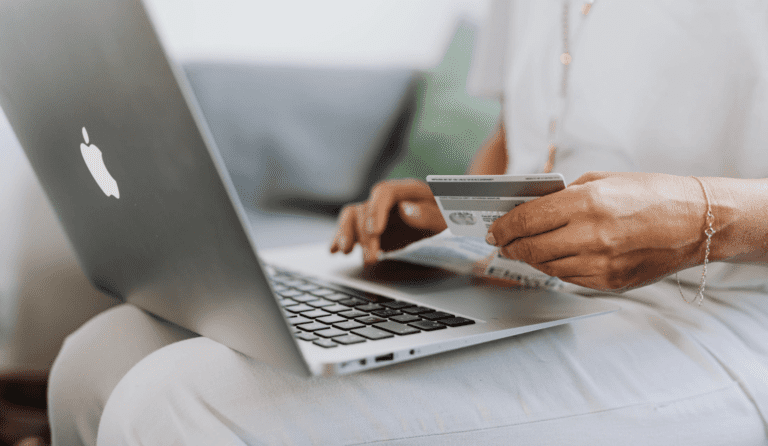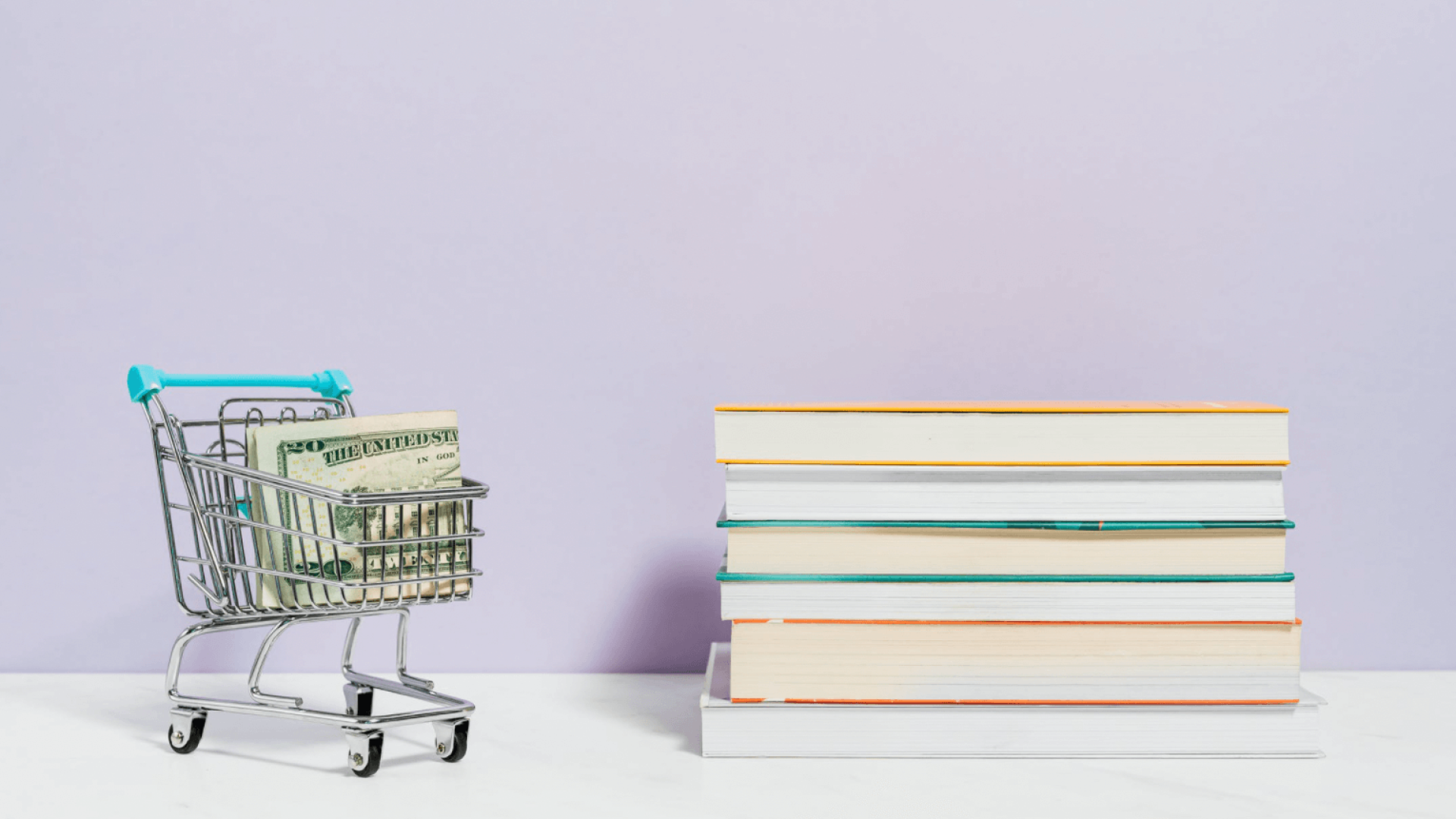Amazon is the new back to school shopping store, thanks to the pandemic. Here’s how online shopping on Amazon is increasing.
The Covid-19 pandemic has already put us in the habit of online shopping since brick-and-mortar stores present a health hazard. Moreover, most consumers want to be safe and practice social distancing rules.
However, as mass vaccinations are taking place all over the world and in the U.S., kids are going back to regular school from Zoom school. That means parents and children must be heading out for back to school shopping right around this time.
But that’s not happening this year. People are heading to Amazon instead for online shopping since it’s safer, quicker, and easier. Let’s take a look at what’s in store for Amazon in this back to school online shopping spree.

Conventional Back to School Shopping
Conventionally, back to school shopping is the time of the year when parents and everyone else look to move from the old to new school supplies are most eager.
Thus, stationery and school supplies are sold excessively before the start of the school year.
In 2021, the back to school shopping season is expected to be a huge hit since parents and school-going children are forecasted to spend 37 billion dollars, which comes to $850 per household.
Of the total expenditure during back to school shopping, 37.84% comes from clothing and accessories, while school supplies account for 45%.In fact, an average parent is expected to spend $161.04 on back to school shoes for their children.
Previously, most parents and children were doing back to school shopping from mass merchants. But this year, when asked about their shopping plans, many parents said they planned to shop in dollar stores, mass merchants, and online retailers.
Among them, Amazon is the most popular shopping avenue since the e-commerce giant has everything kids could need for school.

How the Pandemic Helped Amazon Grow
According to Statista, 49% of the consumers plan to do their back to school shopping through online retailers this year. Sure enough, Amazon will take a large share of this online shopping wave.
It won’t be wrong to say that Amazon has experienced explosive growth since the beginning of the pandemic. The market capitalization gained $570 billion, making Amazon worth $1.49 trillion.
Owing to this, Amazon is now the third-largest company in the world, falling behind Apple and Microsoft only. Moreover, Amazon’s stock also increased by over 60%, priced at $3000 per share.
It’s evident that this trend of online shopping from Amazon is bound to follow into 2021 since 85% of the consumers said they would do back to school shopping on Amazon.
Potential for a Second Prime Day for School Season
Amazon had a Prime Day sale going from June 21 to June 22 earlier in the summer. However, many people are wondering if there will be a second Prime Day sale with the back to school shopping season approaching.
Last year, Amazon’s Prime Day was delayed to October 13 due to the pandemic’s effect on the company’s shipping system.
However, that did not negatively affect its sales since Amazon made a record-breaking number of sales, owing to its 147 million Prime subscribers.
Prime Day 2021 was also extremely successful, earning up to $10.4 billion in sales. Experts expect Amazon to have another Prime Day sale, maybe in October, with the back to school shopping months approaching.
However, Amazon has not commented or announced anything on the subject.
But it can’t be ignored that the highest percentage of sales in this year’s Prime Day sale was from toys and electronics. 7.1% of the total sales were from electronics while computers made 6.4%.
Considering these are back to school necessities, Amazon might have another Prime Day this year.
How Third-Party Sellers are Benefitting
With consumers’ interest in Amazon shopping increasing, third-party sellers are also benefiting immensely. In 2017, only 140,000 small businesses on Amazon earned more than $100,000 through Amazon, but this number soared to 200,000 this year.
Moreover, 25,000 small businesses earned more than a million in sales through Amazon.
The pandemic has also increased the popularity and usage of buy-online and pickup-from-store services. Adobe report showed that BOPIS retailers experienced an 11% increase in conversion while non-BOPIS retailers experienced a 6% increase.
Therefore, it’s evident that third-party retailers benefit from Amazon’s growth as it brings more customers for them.
Indeed, with its outreach among customers, Amazon has become an online shopping giant that can’t be matched by many other companies.

The Future of Online Shopping
Looking at the current trends, it seems that online shopping will become even more commonplace in the future since it is more efficient overall and offers great deals.
Online shopping helps people to feel comfortable since they do not have to leave their homes. Having said that, it’s true that online shopping has its pros and cons, but the pros outweigh the cons, which is reflected in the ever-increasing number of people shopping online.
Amazon is undoubtedly the king in the e-commerce industry. This is because it brings enormous benefits and convenience to both consumers and sellers.
Recently, the company announced how they are improving their service levels through adding more staff and hiring new leaders in its customer service team.
The company has also been making extra efforts to make sure these complaints are heard by high-level executives.
As Amazon listens to its customers, the company exclusively brings forward features that are in the best interest of the consumers. But Amazon or not, one thing is clear: moving forward, online shopping is bound to become a norm on a larger scale.
Conclusion
Whether you’re a parent or a high schooler going back for the following year, you’d have to admit that Amazon is a one-stop for all your shopping needs. Instead of going from one shop to another, you can simply search for your desired item in the search box and add it to your cart.
It’s simplicity, convenience, and versatility at this scale that give Amazon the biggest share in the back to school sales.

